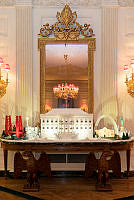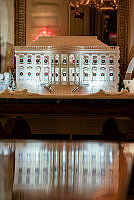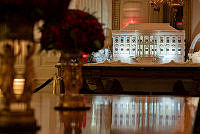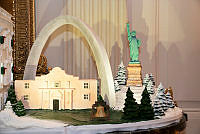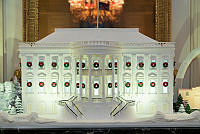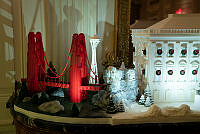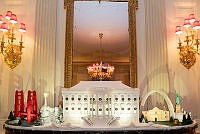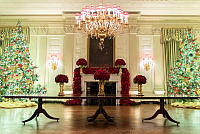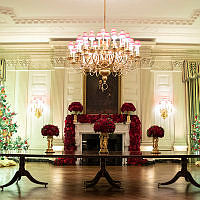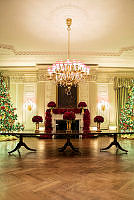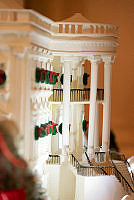
Native Americans and the White House
Native Americans hold a significant place in White House history. For thousands of years, Indigenous peoples, including the Nacotchtank and Piscataway, lived in the Potomac Valley prior to the construction of the White House. Since that time, Native Americans have come to the Executive Mansion to share their cultural heritage, meet with presidents, protest, and advocate for Indigenous rights. In










